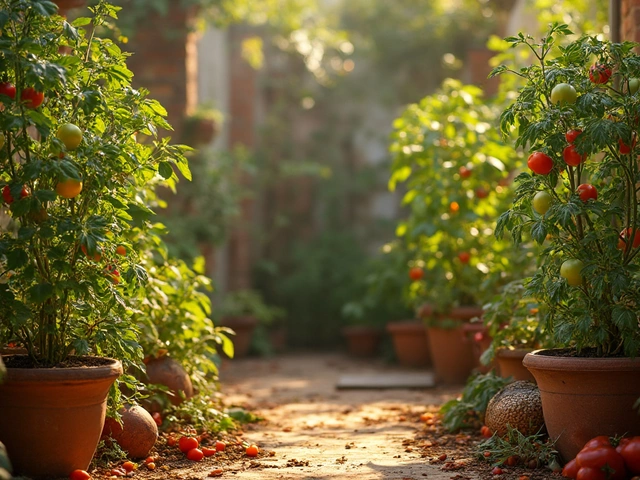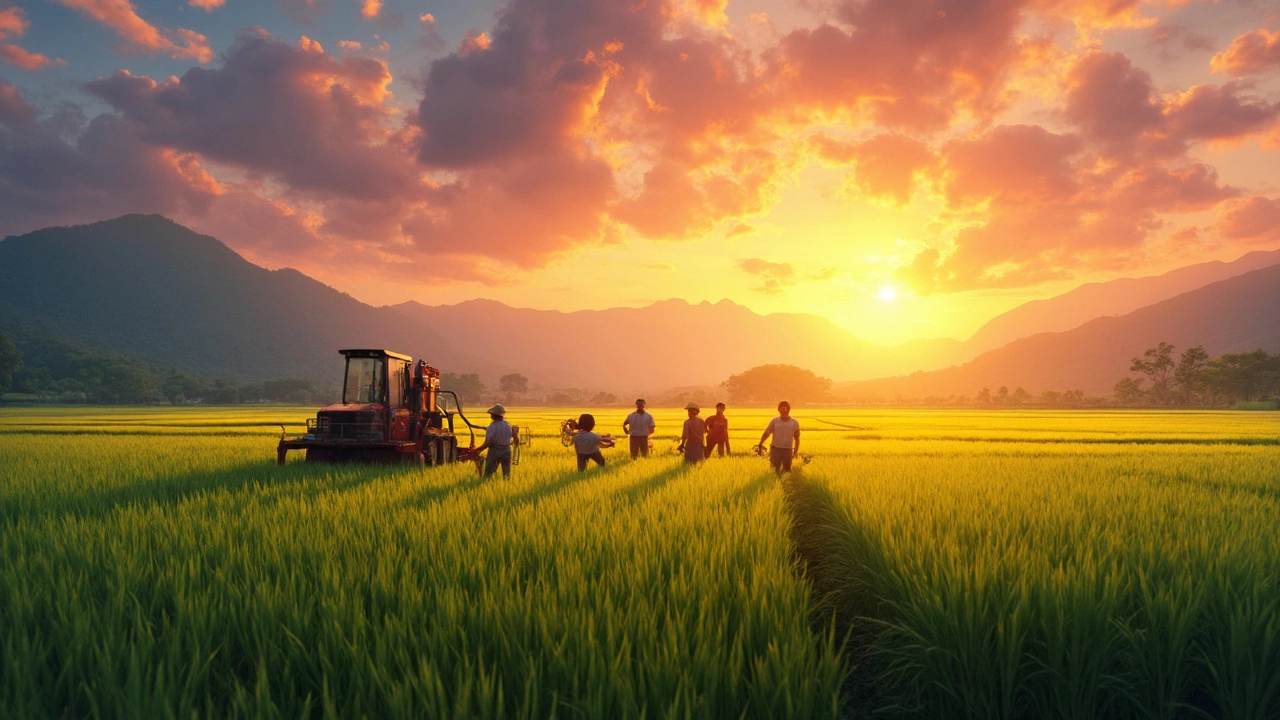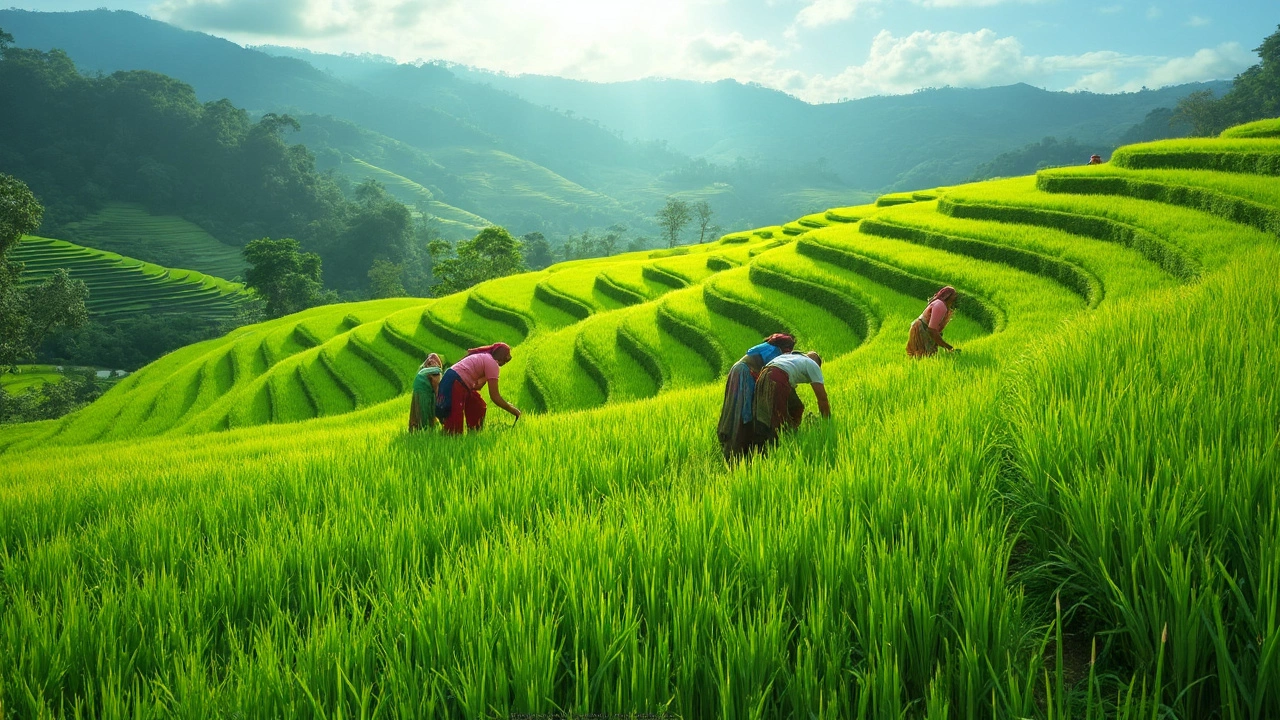Growing Rice Made Simple: What Every Indian Gardener Should Know
Thinking about planting rice in your backyard or small farm? You don’t need a degree to get good results. Start with a flat, water‑logged field, choose the right soil, and follow a few easy steps to keep plants healthy.
Pick the Right Soil and Prepare Your Field
The best soil for rice cultivation is a heavy, clayey type that holds water well. If your land is sandy, mix in organic compost and a bit of clay to improve water retention. Level the field, remove weeds, and flood it to a depth of 5‑7 cm before sowing. This creates a safe environment for seedlings and keeps weeds at bay.
Seed Selection, Sowing, and Water Management
Choose a variety that matches your region’s climate – for example, IR64 works well in many Indian states. Soak the seeds in water for 24 hours, then spread them evenly over the flooded field. Keep the water level steady; rice needs about 5‑10 cm of water during the early growth stage and a bit deeper as it matures. Too much water can cause rot, while too little stresses the plants.
After the seedlings are about 15‑20 cm tall, thin them out to 20‑25 cm spacing. This gives each plant room to grow and improves airflow, which reduces disease risk. If you notice yellowing leaves, check for nutrient deficiencies and add a balanced fertilizer.
One common mistake is letting the field dry out too quickly during the flowering stage. Keep the water level constant for at least two weeks before harvesting. This helps grains fill properly and boosts the final yield.
Harvest time comes when the grains turn golden and the stalks start to bend. Cut the stalks with a sickle or scissors, let them dry in the sun for a day, then thresh to separate the grains. You can get anywhere from 3,000 to 5,000 kg of rice per hectare if you follow these basics.
Want to avoid big losses? Read our post on "Risks of Rice Business" for tips on handling unpredictable weather and market swings. Knowing how to store harvested rice and negotiate prices can protect your profit.
For a deeper dive, check out "How Many Rice Grains from One Plant" – it breaks down the numbers so you can set realistic goals for your plot.
Remember, growing rice is mostly about water and soil. Keep the field level, maintain steady water, and improve the soil with organic matter. With these simple steps, you’ll see healthier plants, higher yields, and a more rewarding rice‑growing experience.
Can You Grow Rice in America?
Rice farming might seem like an exotic practice for America, but it's entirely possible and even thriving in some regions. The key lies in understanding the environmental requirements and leveraging modern agricultural techniques. This article explores the areas where rice cultivation can be successful, tips for growing rice effectively, and the importance of water management. Additionally, we'll uncover the types of rice best suited for American fields and discuss the impact of climate on yield.
Best Topography for Growing Rice: Key Insights
Rice cultivation thrives in specific topographies that provide the best conditions for growth. Understanding these landscapes is key to maximizing yield and maintaining sustainable practices. Let's explore what terrain works best and why, uncovering useful tips to improve rice farming techniques. Learning about the optimal environments can empower farmers to make more informed decisions and cultivate healthier crops.
About
Rice Cultivation, Gardening
Latest Posts


The World's Healthiest Vegetable: Unveiling the Top Nutritional Powerhouse
By Alden Thorne Jul 28, 2025

Lotus Lifespan: How Long Does a Lotus Really Live?
By Alden Thorne May 24, 2025

Spot Overwatering vs Underwatering: Your Indoor Plant's Vital Signs
By Alden Thorne Mar 19, 2025


